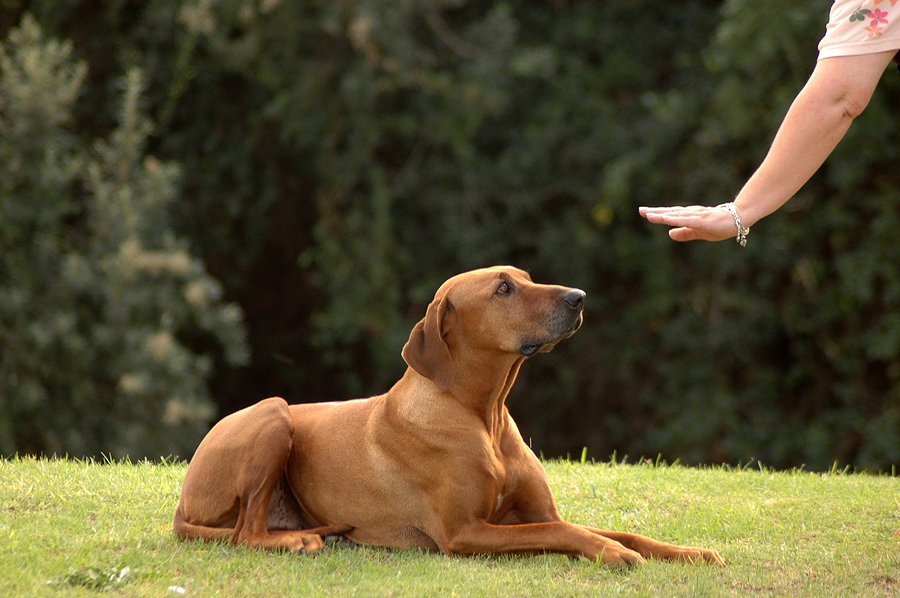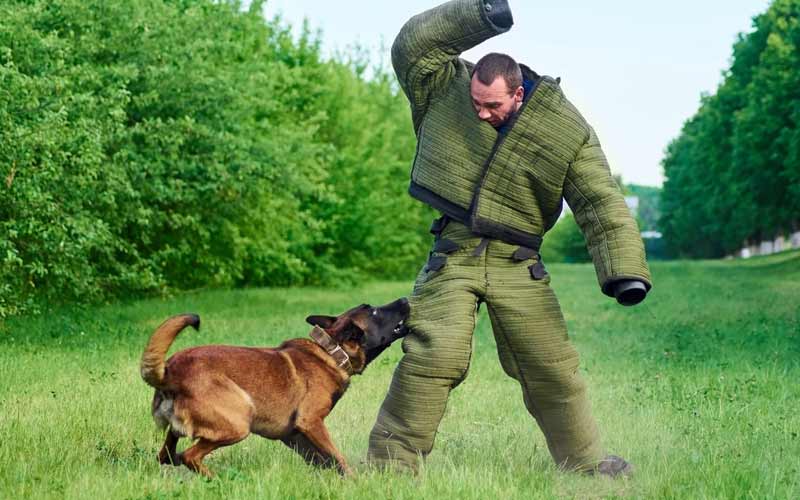Advanced Obedience Training Techniques for a Well-Mannered Dog
Advanced Obedience Training Techniques for a Well-Mannered Dog
Blog Article
Explore the Different Kinds of Canine Training Available for Your Furry Good Friend
Recognizing the different kinds of canine training is necessary for boosting your canine friend's behavior and fostering a more powerful bond. From basic obedience to sophisticated strategies such as dexterity and fragrance work, each training approach supplies distinct benefits customized to both the dog's and owner's requirements.
Standard Obedience Training
Basic obedience training lays the structure for a mannerly pet dog, setting the stage for an unified partnership between pet and proprietor. This essential training focuses on training pet dogs basic commands such as sit, remain, come, down, and heel. These commands not just enhance interaction however likewise promote safety in numerous settings.
The training process usually starts with favorable reinforcement methods, where incentives such as treats or appreciation are used when the canine successfully adheres to a command. This approach encourages a positive learning ambience, eventually fostering count on between the proprietor and the canine. Uniformity is vital; routine technique ensures that the dog keeps commands over time.
Furthermore, basic obedience training helps to resolve typical behavioral concerns, such as jumping, barking, or drawing on the leash. By establishing clear boundaries and expectations, proprietors can minimize unwanted habits and boost their canine's socializing skills.

Advanced Training Methods
Advanced training strategies construct upon the foundational abilities established in fundamental obedience training, using a path to improve a pet's capacities and responsiveness. These strategies usually include specialized abilities and commands, enabling pet dogs to do tasks that need higher degrees of focus and intelligence.
One preferred method is agility training, where pets browse obstacle training courses, improving their physical coordination and psychological sharpness. This not just gives workout but also enhances the bond between dog and trainer through teamwork and communication.
One more sophisticated method is scent work, which use a pet dog's all-natural olfactory capabilities. This training encourages canines to determine and situate details aromas, improving their focus and analytic skills. Such tasks can be especially useful for breeds predisposed to tracking.
Solution pet dog training is another vital area, where dogs find out to aid people with handicaps. This training needs a high degree of obedience and specialized abilities tailored to the particular requirements of their trainers.
Therapy Methods
Efficient dog training extends past instructing skills and commands; it likewise encompasses therapy methods that resolve unfavorable behaviors. These strategies are essential for correcting issues such as aggression, excessive barking, and separation anxiousness, making sure a harmonious connection in between canines and their proprietors.
One commonly identified method declares reinforcement, which entails fulfilling preferred behaviors to encourage their recurrence. This method works in strengthening good routines while decreasing concern or anxiety in the pet dog. Alternatively, aversive strategies, such as penalty or unfavorable reinforcement, are typically prevented by experts due to their possible to develop fear and anxiousness, resulting in more behavior problems.
One more vital approach is desensitization, which progressively reveals canines to the stimulations that provoke undesirable behaviors in a controlled fashion. This process helps dogs discover to remain tranquil and composed in circumstances that would normally set off anxiousness or hostility.
Counter-conditioning is commonly used in conjunction with desensitization, where the pet learns to connect favorable experiences with previously unfavorable stimuli. Both methods need perseverance and uniformity, making them effective tools for attaining lasting behavior modification. By using these behavior adjustment techniques, family pet owners can foster a well-adjusted and pleased canine buddy.
Specialized Training Programs
In the realm of pet dog training, specialized training programs cater to certain demands and goals, offering tailored methods that improve a pet dog's capacities and address unique challenges. These programs are created for numerous objectives, consisting of service canine training, therapy pet dog prep work, and also affordable sports training.
Solution pet training concentrates on outfitting pets with the abilities required to assist people with handicaps, such as leading visually damaged proprietors or informing to medical emergencies. This training is rigorous and often requires a combination of obedience, socializing, and certain task-oriented skills.
Treatment pet dog programs aim to prepare pet dogs for psychological support roles in medical facilities, schools, and assisted living home. These dogs need to display peace, sociability, and a mild demeanor, ensuring they can provide comfort to those in distress.
In addition, competitive sports training, such as dexterity or obedience trials, emphasizes physical health and fitness, precision, and synergy between the dog and trainer. These programs demand a high level of dedication and technique, fostering a strong bond while sharpening the pet dog's sports abilities.
Enjoyable and Interactive Training Tasks
How can pet dog training be both enjoyable and productive? The response hinges on incorporating enjoyable and interactive training tasks that stimulate your canine's mind while enhancing vital abilities. Engaging your canine with play not only strengthens the bond between you and your furry buddy but additionally boosts their understanding experience.
One efficient means to attain this is with dexterity training, where pet dogs navigate obstacle courses that test their physical and mental capabilities. This activity urges problem-solving and enhances sychronisation, making it an excellent choice for active types. One more choice is utilizing challenge toys that give deals with, which can maintain your canine mentally engaged and inspired to find out.
In addition, including video games like fetch or hide-and-seek site here can make training sessions a lot more vibrant. These activities motivate the pet dog to reply to commands in a fun context, promoting obedience while enabling social communication.

Verdict
In final thought, various sorts of pet dog training are important for boosting canine actions and cultivating a strong click resources human-animal bond. Standard obedience works as the foundation, while sophisticated techniques, habits adjustment, and specific programs resolve specific requirements. Involving tasks further enhance the training experience, ensuring that it stays advantageous and satisfying for both canines and their handlers. Checking out these diverse training alternatives furnishes pet proprietors with the devices necessary to cultivate all-round, delighted, and obedient companions.
Comprehending the various kinds of pet dog training is vital for improving your canine friend's habits and promoting a stronger bond. From basic obedience to advanced strategies such as agility and aroma work, each training method uses special advantages tailored to both the dog's and proprietor's requirements.Standard obedience training lays the structure for a well-behaved pet, establishing the phase for a harmonious relationship in between animal and owner.The training process commonly begins with favorable reinforcement strategies, where benefits such as deals click for more with or praise are offered when the pet effectively follows a command.In verdict, various types of pet training are essential for improving canine habits and cultivating a solid human-animal bond.
Report this page